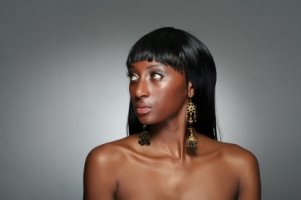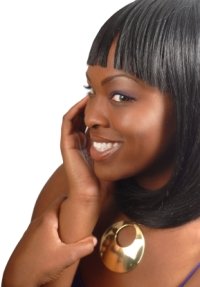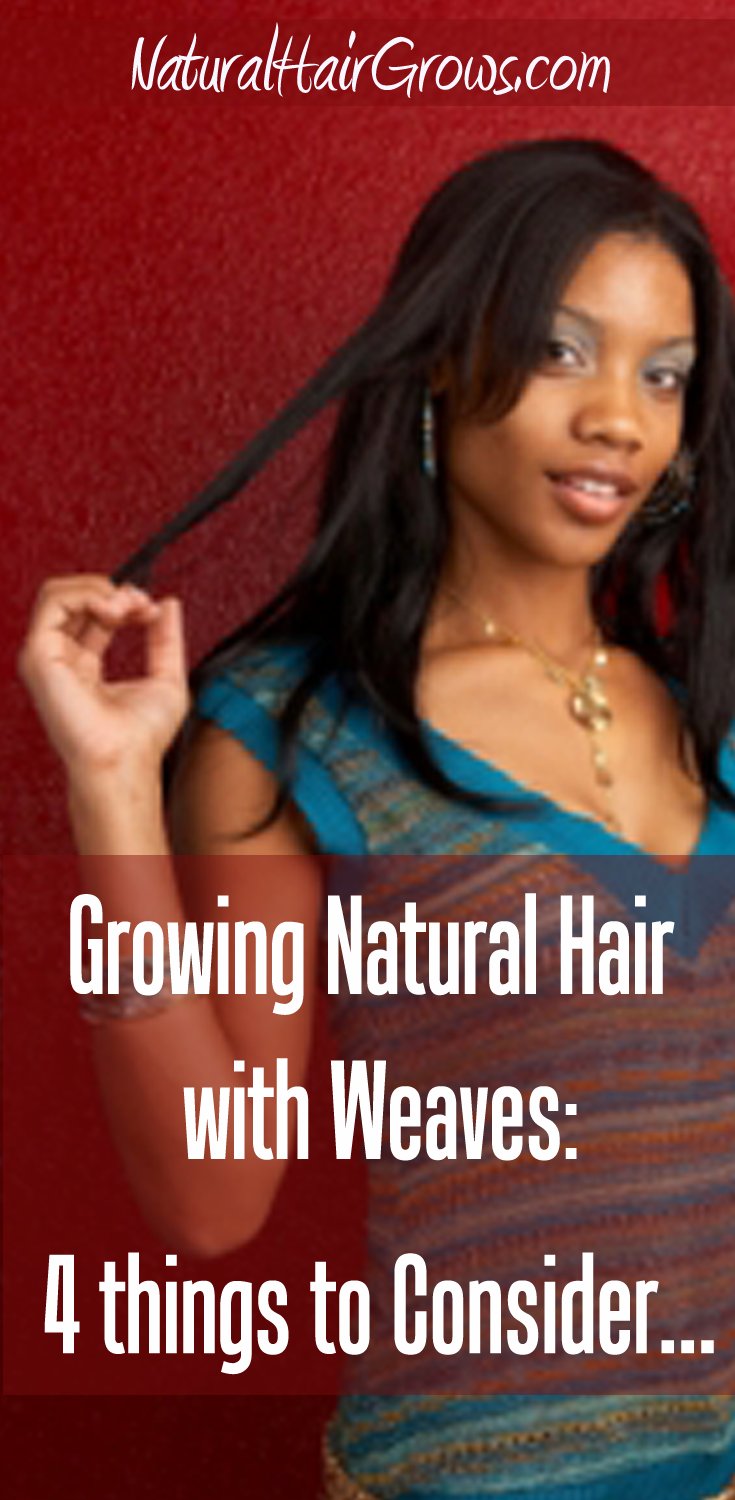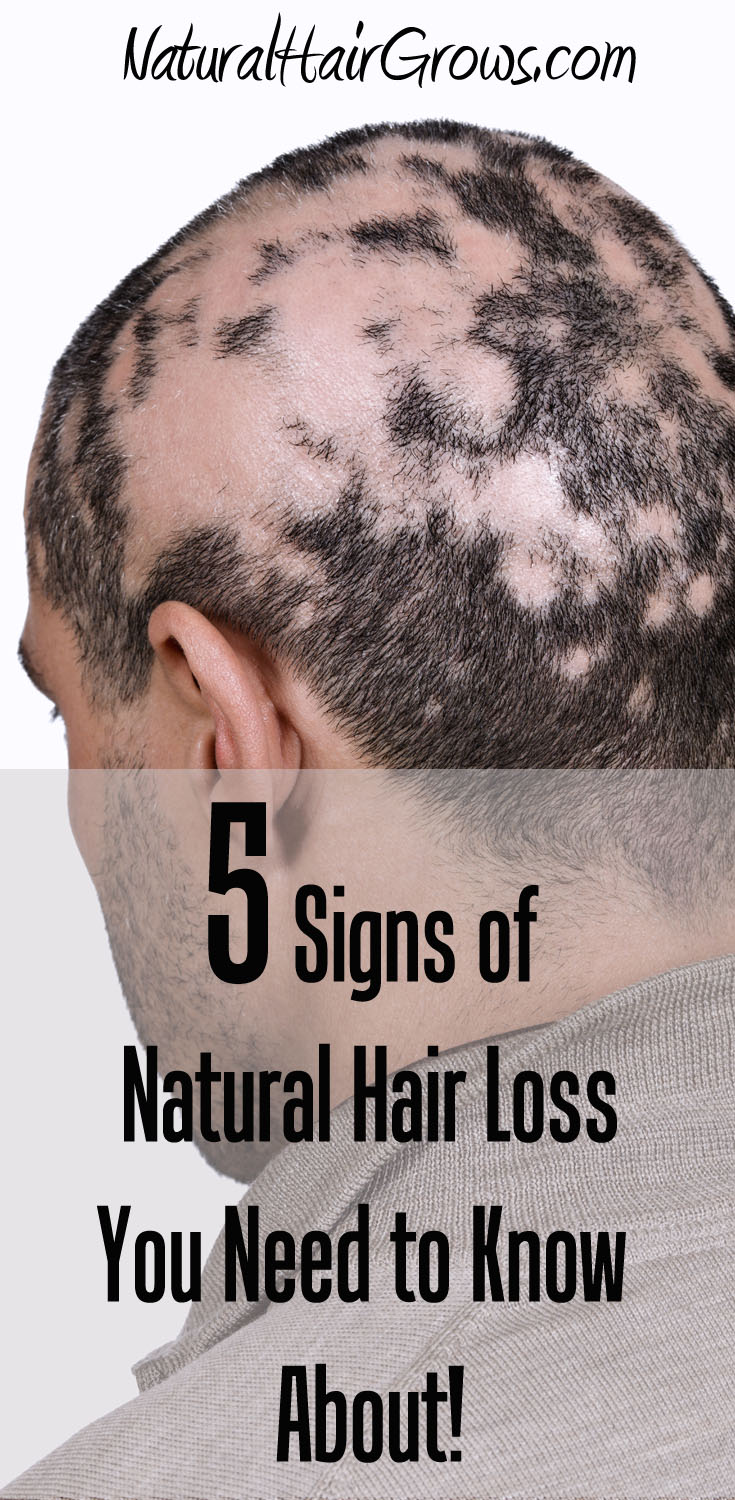Hair Weave Styles and Natural Hair Growth
When looking for hair weave styles to change up your look, be aware of the processes involved and how they may affect natural hair growth. Remember effective hair care involves effective planning on your hair’s behalf.
According to dermatologist, Dr. Susan Taylor at Brownskin.net, there are four considerations to caring for this style:
Consideration 1: What kind of hair would you like?
There are synthetic (plastic) and human hair weave styles. If you desire a style that causes your hair to “swing,” human hair is the better choice. Synthetic hair can also irritate skin and natural hair.
Remember any hair weave material that can cause friction against your natural hair cuticles will cause damage over time. Also be careful of the weight of the hair for weaving. Applying too much hair can put added pressure on your natural hair and break it off or cause traction alopecia.

Consideration 2: How will you apply the extensions?
Will your extensions be applied in a single strand method or in tracks (wefts)?
The single strand method involves taking a small group of hair strands, and applying it to the natural hair. This hair is attached by waxes, adhesives, clamping or heat fusion in order for the hair to be bonded to your own.
Tracks "resemble a curtain" of hair, that is flowing at the bottom. They come in two forms: machine-made and handmade and can be attached to the hair by glues, heat fusion, or sewing.
Consideration 3: Will the new hair be braided, bonded or fused?
A braided weave involves tiny cornrows braided in horizontal rows on your scalp. Then the weaved hair is sewn into the braids with a heavy weaving thread and your natural hair is combed over so there is a natural blending. However, be aware of traction alopecia, because if the braids are too tight, or if the hair weave is too heavy, your natural hair can be damaged.
Bonded weaves involve the hair being sectioned and bonding glue is used to attach the weave close to the scalp. Weaves applied in this manner must be removed carefully or your natural hair can be damaged. Also the skin on your scalp can have adverse reactions to glues or other adhesives applied to your hair. So testing your skin's reaction to these products before styling is recommended.

Fused weaves also involved the hair being sectioned and the extensions are attached using hot wax.
Meeting with a professional before your extensions are applied is also highly recommended. I’ve seen way too many court shows involving botched weaves with the litigant wearing a hat or scarf arguing with her former hair dresser wanting compensation for pain and suffering.
Consideration 4: How will you maintain the style?
One important note that Dr. Brown points out is that once you get your extensions, treat them as your own hair. That means wash the hair and scalp regularly because your natural hair and weaved hair will become dry and brittle if you don’t. Also bacteria can form on your hair weave if it is not kept clean. Hair weave styles have a limited life-span so extending them beyond their deadline could mean serious damage to your hair.
To read more of Dr. Brown’s informative article, about hair weaving, click on the link below:
References:
Taylor, Susan Brownskin.net Hair Weaves (2008) Retrieved 7/7/09 at http://www.brownskin.net/hairweaves.html






